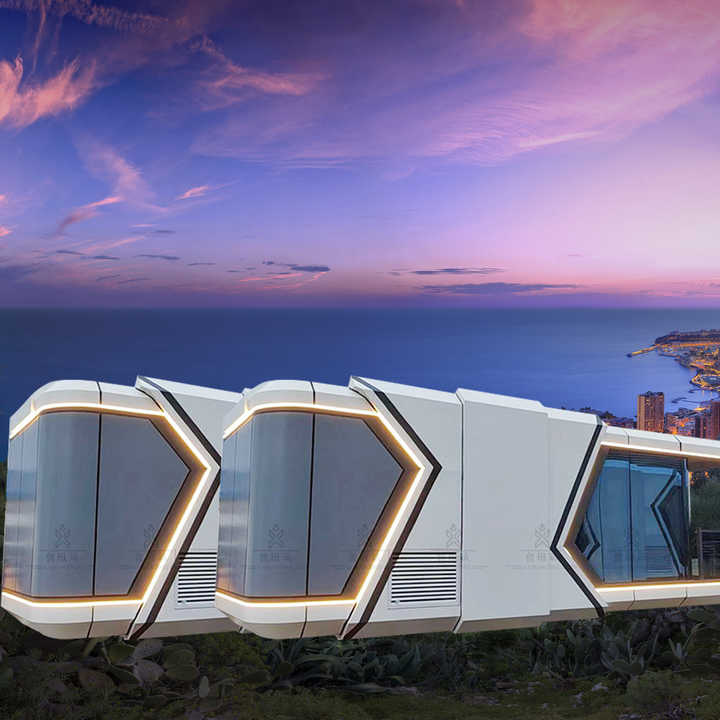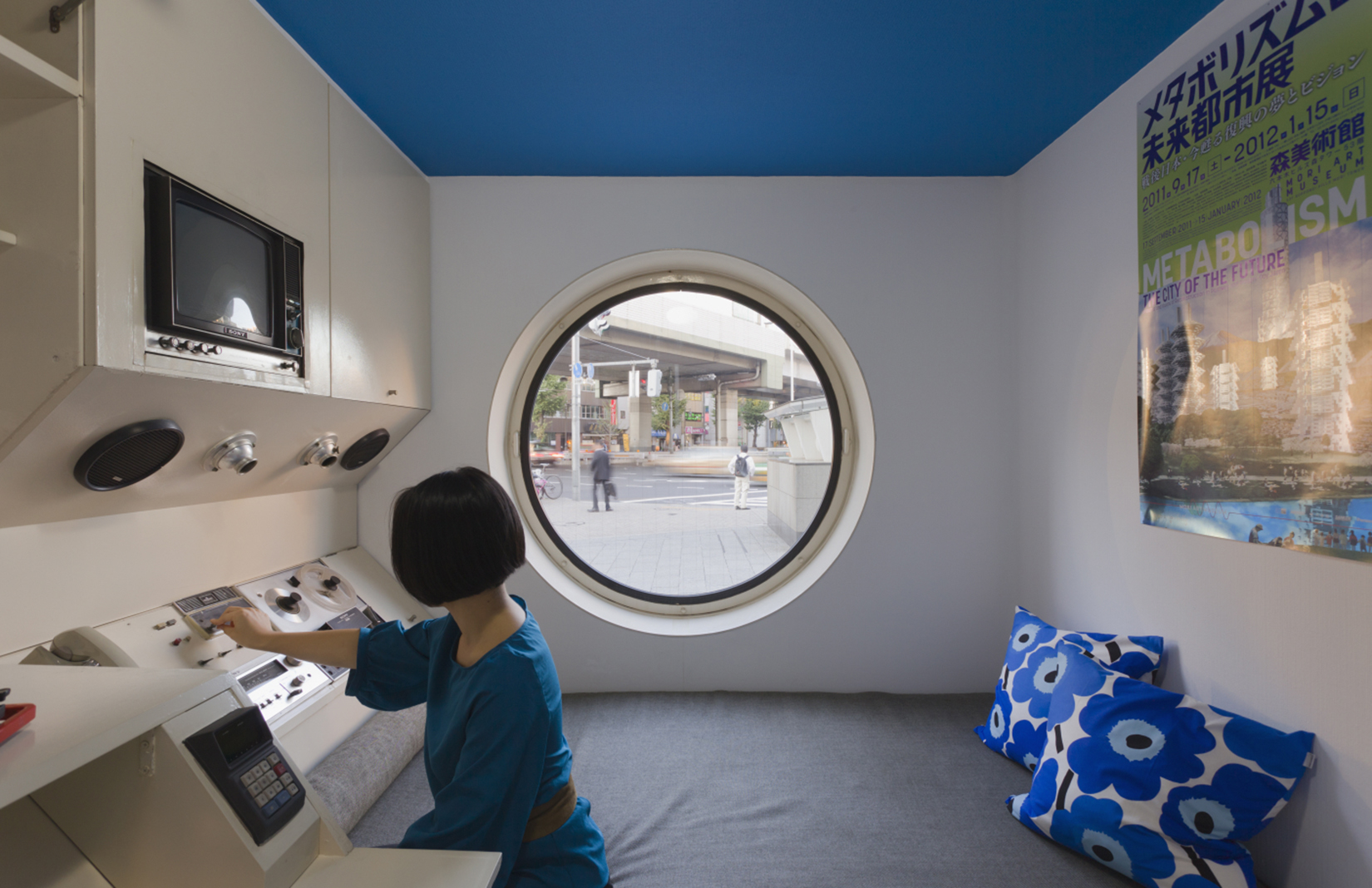Why Modular Residences Are the Future of Lasting Living
Modular homes are significantly acknowledged as a pivotal option for sustainable living, supplying a blend of performance, cost-effectiveness, and environmental advantages. Their building and construction in regulated environments substantially reduces waste and boosts accuracy, while the possibility for integrating innovative energy-efficient systems positions them as a forward-thinking alternative in real estate. Furthermore, the versatility of modular layouts allows for the combination of lasting technologies and materials customized to specific needs. As we browse the obstacles of urbanization and environmental sustainability, one must consider exactly how these homes can redefine our approach to living rooms.
Environmental Benefits of Modular Residences
The ecological benefits of modular homes stand for a considerable step towards sustainable living. These homes are built in controlled manufacturing facility setups, which dramatically reduces waste generated throughout the structure procedure. By enhancing products and minimizing excess, modular building contributes to a more efficient use resources compared to traditional structure approaches.
Additionally, modular homes are typically developed with energy performance in mind. Numerous incorporate sophisticated insulation methods, energy-efficient windows, and lasting materials, adding to lower energy consumption. This can cause reduced greenhouse gas discharges over the life-span of the home, boosting its general ecological profile.
The ability to transportation and set up modular parts on-site additionally lowers the carbon footprint connected with building logistics. In addition, numerous modular homes are built to be versatile and conveniently upgradeable, allowing homeowners to carry out lasting modern technologies, such as solar panels and energy-efficient home heating systems, gradually.
Eventually, the ecological benefits of modular homes not only promote lasting living yet additionally urge an even more responsible method to real estate advancement, aligning with worldwide initiatives to battle climate modification and protect natural sources for future generations.
Cost-Effectiveness and Cost
Structure a home typically stands for one of the largest economic investments people make in their life time, and modular homes provide an engaging option for those seeking cost-effectiveness and affordability. One of the main benefits of modular homes is their reduced building and construction costs compared to typical site-built homes. The streamlined production process permits significant savings on labor and products, which translates to lower costs for consumers.
Furthermore, modular homes normally have much shorter building and construction timelines. This not only decreases costs associated with financing and insurance coverage but also alleviates the dangers connected with inflation and varying market conditions. Numerous buyers find that modular homes can be customized to fit their spending plans without compromising quality or design.
In addition, energy effectiveness is commonly developed into the style of modular homes, causing minimized energy expenses in time. Lots of producers prioritize lasting materials and techniques, further improving the long-lasting financial viability of these homes. In general, the combination of first expense savings, fast building and construction, and recurring power effectiveness makes modular homes an attractive option for those aiming to purchase sustainable living without damaging the bank.
Efficiency in Construction
Modular homes not only offer economic benefits but additionally excel in building and construction performance. The modular structure procedure includes the synchronised building of modules in a manufacturing facility setup More hints while site preparation occurs concurrently. This identical approach substantially reduces the total timeline from fertilization to conclusion, often cutting building and construction time by up to half contrasted to traditional techniques.
Furthermore, factory-controlled environments improve top quality guarantee. By utilizing precision production strategies, modular homes are constructed to specific requirements, reducing waste and mistakes. This uniformity not only leads to a better product however also adds to sustainable practices by lowering product waste during building and construction.
Additionally, using contemporary technology and automation in the manufacturing procedure permits quicker setting up and minimized labor costs. Once the components are delivered to the site, they can be effectively set up, additionally accelerating the timeline. This streamlined procedure is not only useful for building contractors but likewise lessens disturbances to the surrounding setting throughout building and construction.
Personalization and Design Flexibility
An outstanding variety of customization options distinguishes modular homes, permitting homeowners to tailor their living rooms to meet specific needs and choices. This design flexibility is a hallmark of modular building and construction, making it possible for clients to choose whatever from layout and space designs to components and finishes. Unlike traditional homes, modular layouts facilitate a joint technique where designers and builders work closely with home owners, making sure that each aspect lines up with aesthetic needs and private way of lives.
Furthermore, modular homes can be quickly reconfigured or increased, suiting altering family members dynamics or evolving personal preferences. This adaptability not just enhances the home's capability but also contributes to lasting sustainability, as property owners can change their spaces as opposed to seek new real estate visit their website solutions.

Future Patterns in Lasting Real Estate
Arising trends in lasting real estate are reshaping the landscape of household building, emphasizing environment-friendly practices and ingenious modern technologies. One considerable fad is the integration of wise home modern technology, which improves power performance through automated systems that enhance and monitor power usage. This not just lowers utility prices however additionally adds to a lower carbon footprint.
In addition, making use of sustainable materials is coming to be increasingly typical. Building contractors are going with reused, locally sourced, or quickly sustainable products, which lessen ecological influence and support local economic climates. Modular homes are getting popularity for their minimized waste throughout building and construction and their flexibility to numerous terrains and environments.
One more pattern is the consolidation of eco-friendly roofing systems and living walls, which improve air high quality and provide natural insulation. These attributes additionally advertise biodiversity in metropolitan locations.
Verdict
To conclude, modular homes emerge as a critical solution for lasting living, using significant environmental advantages via minimized waste and energy effectiveness. Their cost-effectiveness and price attend to the growing real estate needs in urban locations, while efficient building and construction processes boost general efficiency. The inherent modification and layout adaptability cater to varied preferences and needs. As trends in sustainable housing evolve, modular homes are positioned to play an important role in advertising eco-friendly living practices for future generations.
Building a home commonly represents one of the largest economic investments individuals make in their lifetime, and modular homes provide an engaging solution for those seeking cost-effectiveness and price. One of the key advantages of modular homes is their reduced construction prices contrasted to typical site-built homes. Overall, the mix of initial price savings, rapid construction, and recurring energy efficiency makes modular homes an eye-catching alternative for those looking to invest in lasting living without breaking the financial institution.
Ultimately, the modification and design flexibility used by modular homes make certain that they are not just frameworks, but personalized shelters that mirror the one-of-a-kind identifications of their owners while advertising lasting living techniques.
